Healing Fur Real: The Surprising Ways Pets Boost Your Mental Health
You already know the basics: pets are cute, comforting, and great at reminding you to feed someone besides yourself. But what if we told you your furry (or feathered, or scaled) companion might be doing more than just keeping you company? 🐾
There’s a growing body of research — and lived experience — showing that having a pet isn’t just comforting. It can be genuinely therapeutic, in ways most people don’t even realize. Whether it’s your cat curling up next to you when you're anxious or your dog dragging you out of the house when you’ve been spiraling for hours, our animal friends have a special way of grounding us, softening stress, and reminding us to come back to ourselves.
Let’s dive into some surprising ways pets support mental health, plus some intentional self-care activities you can do with your pet to make the most of that healing bond.
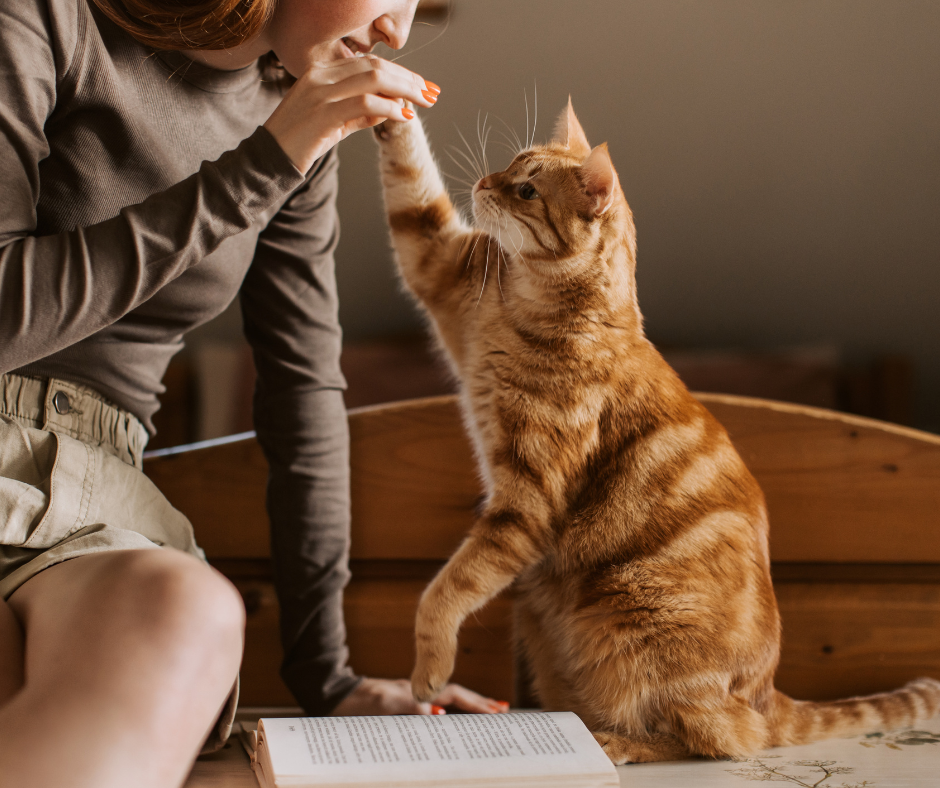
More Than Just Cute: The Psychology of Pet Connection
Spending time with animals activates the oxytocin system — the same system that kicks in during safe, loving human connection. Oxytocin is that feel-good “bonding hormone” that reduces stress, lowers cortisol levels, and even slows down your heart rate. When you pet a dog or hold a purring cat, your body responds as if you're being hugged or cared for.
But here’s what’s extra fascinating: pets don’t just reduce anxiety — they increase emotional regulation. Interacting with animals supports your nervous system by creating predictability, routine, and nonjudgmental presence. Which means when your nervous system is fried from work, burnout, or social stress, your pet can become a kind of living, breathing grounding tool.
5 Unexpected Therapeutic Roles Your Pet Is Already Playing
1. Your Co-Regulator
Your pet’s calm presence literally helps you regulate your emotions — especially when your nervous system is dysregulated. This is called co-regulation, and it’s something therapists often do for their clients too.
- Sitting with your cat while stroking their fur can bring your heart rate down after a panic spiral.
- Feeling your dog’s body heat against yours can reduce cortisol levels.
- Watching a hamster calmly go about its business can help anchor you in the present moment.
2. Your Movement Motivator
Even if you have zero energy to go to the gym, walking your dog or chasing your cat around with a feather toy gets you moving — and that’s vital for mental health.
- Movement releases endorphins and improves your mood.
- Gentle daily movement helps reduce depression and supports better sleep.
- Getting outside with your pet increases exposure to natural light — a mood-booster in itself.
3. Your Mindfulness Coach
Animals live in the now. They’re not ruminating on last week’s awkward meeting or spiraling about next year’s taxes.
- Watching your fish swim or rabbit groom itself can bring you into a mindful headspace.
- Observing your pet’s natural rhythms (naps, meals, play) reminds you that slowness is not laziness — it’s natural.
- Tuning into your pet’s breathing can mirror your own breath back to you.
4. Your Sensory Anchor
Sensory input — touch, smell, sound — is one of the fastest ways to get out of your head and into your body. Your pet offers all of that for free.
- Stroking fur, scales, or feathers gives your hands something grounding to focus on.
- Your pet’s scent (yes, even their slightly weird one) can be emotionally familiar and soothing.
- Purring, panting, or the sound of small paws on the floor can act as background white noise that lowers your mental volume.
5. Your Attachment Mirror
Our relationship with our pets can sometimes mirror our deeper attachment wounds — and help us heal them.
- Do you feel guilty leaving them alone? That might say something about your own fear of abandonment.
- Do you trust that they love you even when you're low energy? That trust can gently repair broken relational patterns.
- Pets model unconditional presence — reminding you what it’s like to be loved without performance.

The Unexpected Therapy Buddy: 15 Self-Care Activities You Can Do With Your Pet (That Are Surprisingly Healing)
We all know pets are cute, comforting, and loyal — but what if they’re also secretly your most underrated self-care partner? From their consistent routines to their calming presence, animals offer a kind of quiet companionship that soothes the nervous system in ways we’re only beginning to understand. Whether you’ve got a cuddly cat, an energetic pup, or a low-key lizard, here are 15 creative, therapeutic ways to integrate your pet into your mental wellness routine.
1. Morning Mindfulness Walks
Instead of checking your phone first thing in the morning, leash up your dog (or just carry your cat to the balcony — no judgment) and go for a mindful walk or moment outdoors. Use it to wake up your senses and ground your body before the chaos begins.
- Pay attention to the sound of birds, the crunch of gravel, or the scent of morning dew.
- Let your pet lead the pace — not everything has to be a rush.
- Try deep breathing while walking, syncing your breath with your pet’s movements.
- Say out loud one thing you’re grateful for as you walk.
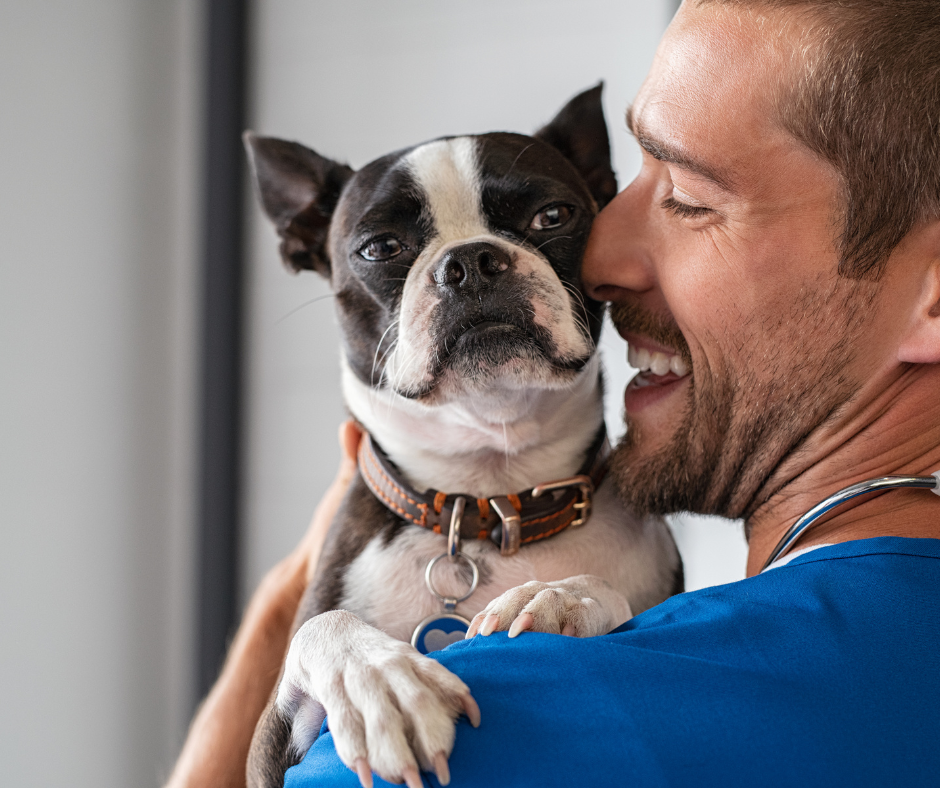
2. Co-Regulation Cuddling
Cuddling your pet isn’t just adorable — it’s a literal form of co-regulation. Their calm presence helps regulate your nervous system, especially when you’re overwhelmed or overstimulated.
- Lay down with them on the couch or bed and feel their breathing against yours.
- Stroke their fur slowly and rhythmically, which can activate your parasympathetic nervous system.
- Match your breathing to theirs for a few minutes.
- Let yourself cry or be still — your pet won’t judge.

3. Pet Journaling (Yes, Really)
Sit with your pet and use their presence as a prompt for reflective journaling. You’ll be surprised how much comes up when you write as if you’re talking to them or channeling their perspective.
- Write about what your pet would say to you if they could talk.
- Journal a letter to your pet about how they’ve supported you emotionally.
- Describe how they behave when you’re sad or anxious — they often know.
- Reflect on what lessons your pet has taught you about presence, rest, or unconditional love.
4. DIY Spa Day for Two
Turn your self-care Sunday into a bonding ritual. While you do your face mask or bath, create a calming experience for your pet too — soothing music, grooming, or a treat puzzle.
- Brush or gently massage your pet while you do a face mask or foot soak.
- Diffuse pet-safe essential oils like lavender (check with your vet first).
- Play calm instrumental music and keep the lights low.
- Treat both of you to a favorite snack at the end.
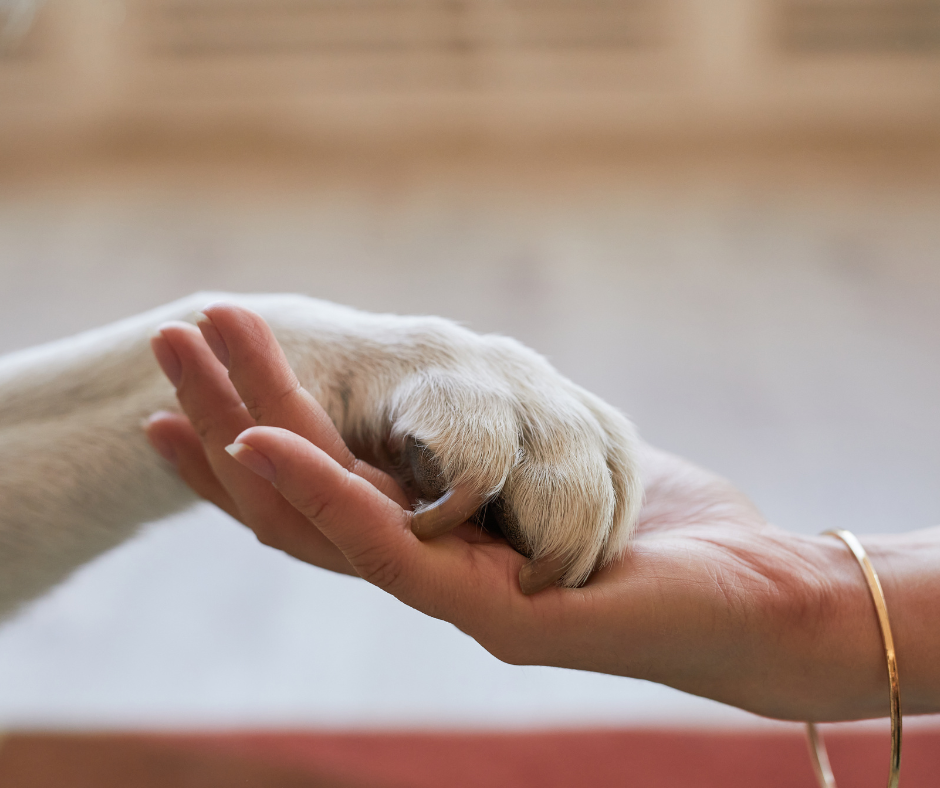
5. Matching Rest Routines
If your pet naps frequently (which, let’s be honest, they probably do), use that as a cue to rest too. Their pacing can help you tune into natural rhythms of rest and recharging.
- Try a 20-minute nap together or quiet reading time beside them.
- Don’t force productivity — mirror your pet’s rest instead.
- Keep the lights soft and the TV off for one nap a week.
- Let their stillness remind you that doing nothing is healing too.
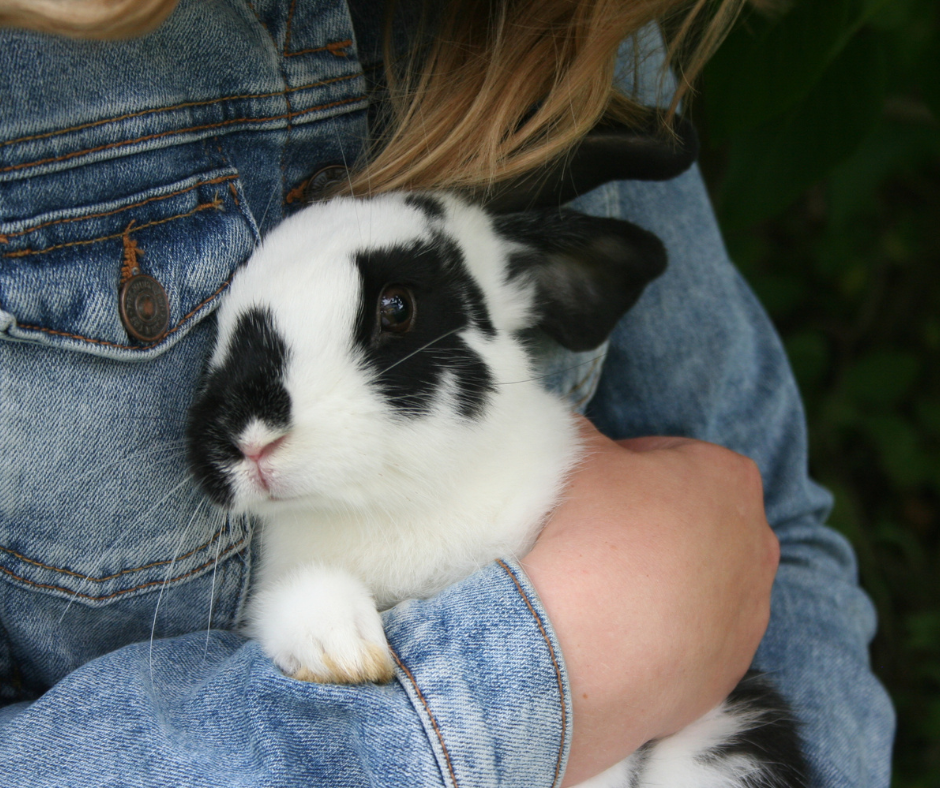
6. Guided Meditation — With a Twist
Try a grounding or body scan meditation while holding or petting your animal. Their presence helps keep you anchored in the here and now.
- Sit with them while listening to a guided meditation.
- Focus on the sensation of their fur, body warmth, or breath.
- Use their touch as an anchor if your mind wanders.
- End the meditation by thanking them — internally or out loud.
7. Movement as Bonding
Use your pet’s movement needs as a cue for your own — a short walk, a stretch, or some playtime can be the exact reset you both need.
- Turn playtime into low-impact cardio (chase the cat’s toy, dance with your dog).
- Do a yoga stretch beside your lounging pet.
- Try “dog yoga” or “cat stretches” — make it fun and informal.
- Let their energy spark your own — or mirror their stillness if they’re more zen.

8. Sensory Grounding Together
Grounding exercises don’t have to be solo. Sit with your pet and practice noticing what you can both see, hear, smell, and feel. Make it a shared sensory reset.
- Name five things you see while watching your pet explore.
- Stroke different parts of their fur and describe the textures.
- Notice the smell of their treats, food, or shampoo (even if weird).
- Listen for small sounds in the room or their soft breathing.
9. Story Time With Your Pet
Reading aloud can regulate your breath and calm your mind — and pets don’t care if you fumble. They just like your voice.
- Pick a short story or poem and read aloud with your pet nearby.
- Choose a children’s book for a gentle, soothing tone.
- Use funny voices and let it be playful.
- Bonus: This works great for anxious pets too.
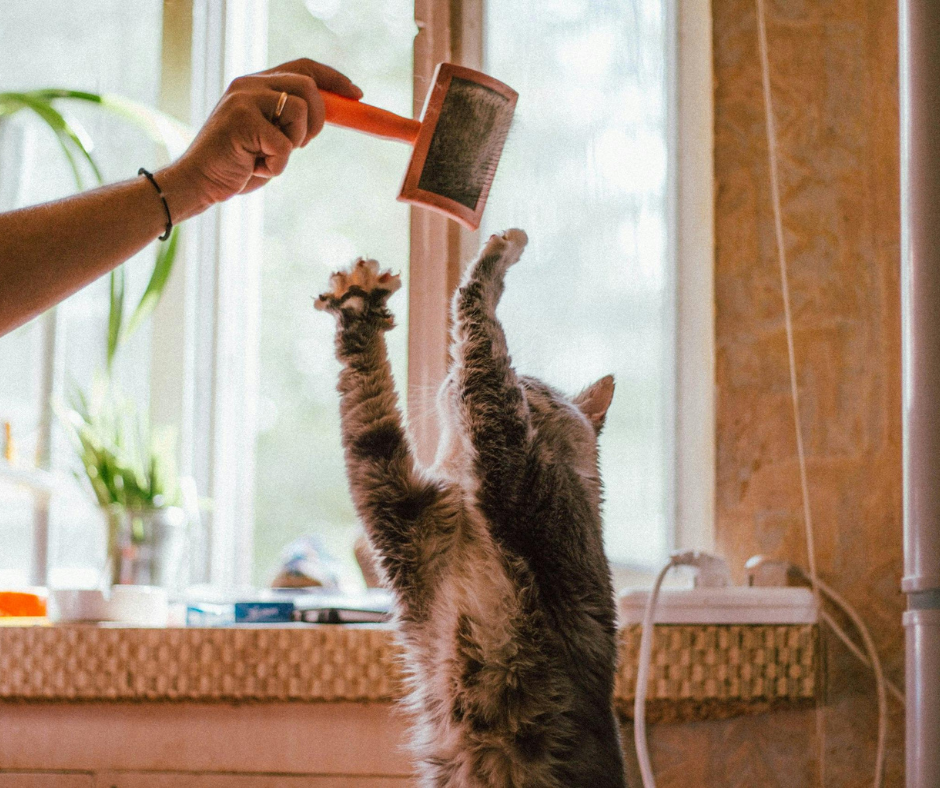
10. Emotional Check-In Walks
Use your daily walks to ask yourself how you’re really doing. Your pet’s steady pace and nonjudgmental presence gives you space to drop into deeper awareness.
- Begin by asking: “How do I actually feel right now?”
- Let the walk be intuitive — go left instead of right, pause when they sniff.
- Notice what emotions come up and let them pass like scenery.
- End with a thank-you to your pet for holding that space.
11. Teach Them a New Trick (and Yourself One Too)
Learning something together — even if it’s basic — sparks curiosity and co-creation, two things that reduce anxiety and boost mood.
- Choose one new cue to teach: sit, spin, high-five.
- Reward both of you for trying, not just succeeding.
- Watch a short training video together and try it.
- Notice how you both react to challenge and celebrate wins.
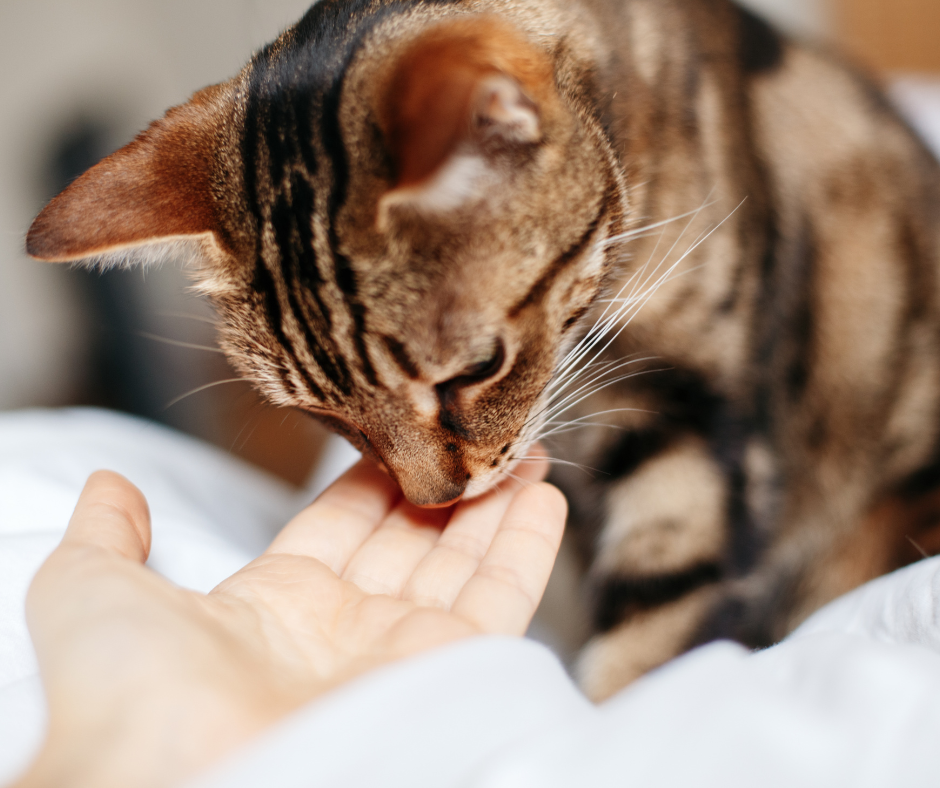
12. Use Them in Visualization Exercises
In therapy, you might visualize a safe place — but what if that place includes your pet? They can become your anchor in mental imagery too.
- Imagine your pet beside you in a peaceful forest or cozy room.
- Visualize petting them as part of your calm-down routine.
- Picture them responding to your stress with softness and care.
- Return to this visualization when you're overwhelmed in real life.
13. Turn Feeding Time Into a Ritual
Feeding your pet can feel like a chore, but done mindfully, it becomes a grounding daily ritual — and a mirror for how you nourish yourself.
- Slow down and prepare their food with presence.
- Eat your own meal at the same time to sync your nourishment.
- Light a candle or play soft music to mark the moment.
- Think of feeding them as a reminder to also care for your own needs.

14. Make a Scrapbook or Memory Box
Honor your pet’s presence in your life with a creative project. It’s a bonding act that also helps reflect on gratitude and joy.
- Include baby photos, fur clippings, name tags, or special memories.
- Make it a craft day with relaxing music and your pet nearby.
- Reflect on what your pet means to you as you create.
- Add new pages or notes over time.
15. Create a “Pet-Led” Day
Once in a while, let your pet’s needs and habits dictate your day’s rhythm — within reason. It teaches you to slow down, stay present, and observe what brings you joy.
- Wake up when they do, nap when they nap.
- Let them decide the walking route or the pace of play.
- Say no to outside plans and tune into what your homebody pet enjoys.
- Reflect afterward on how different it felt to lead with instinct instead of obligation.
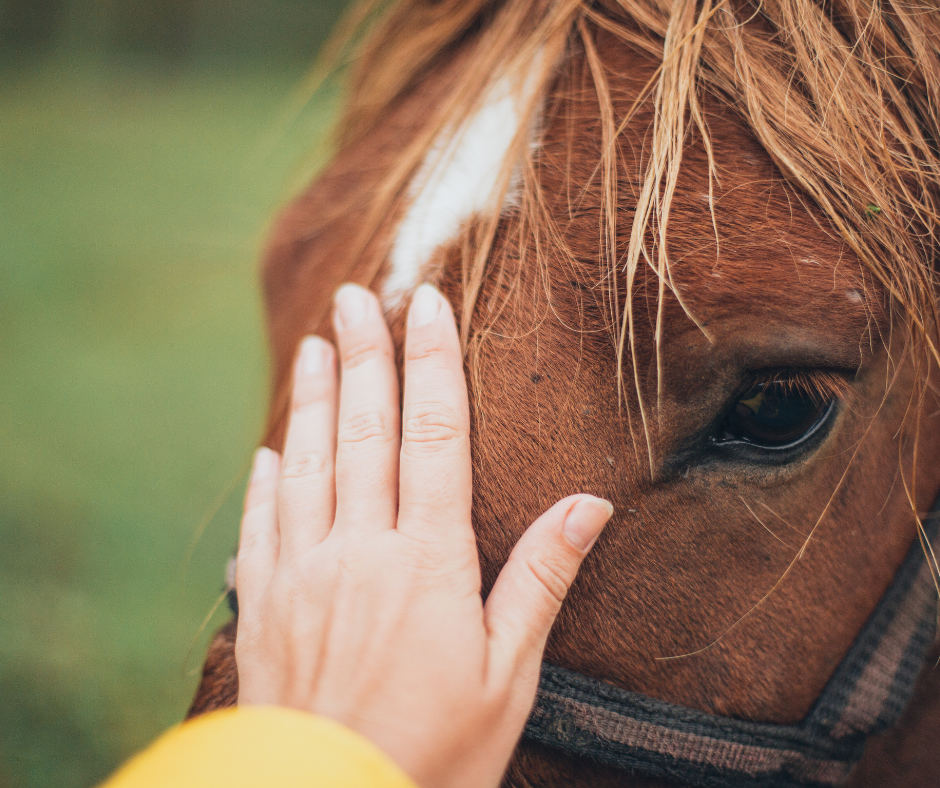
And If You Don’t Have a Pet?
You can still access many of these benefits through animal-assisted content or occasional interaction.
- Watch videos of slow animal grooming (surprisingly relaxing!)
- Visit a cat café or pet a friend’s dog
- Follow calming animal accounts online
- Volunteer at a local shelter or rescue
Connection to animals doesn’t have to be 24/7 to be real. Even small, intentional moments can help you co-regulate and feel less alone.]

At KMA Therapy, we believe healing doesn’t always come from big, dramatic moments. Sometimes, it comes from a warm body curled up beside you while you cry. Or the sound of a tail wagging when you walk through the door. Your pet doesn’t need you to be fixed. They just need you to be with them.
And that’s what your nervous system needs, too.
So whether you’re deep in burnout, navigating anxiety, or just trying to hold it together — don’t underestimate the quiet, consistent therapy session waiting for you at home on four legs.
Let’s take healing one purr, paw, or wag at a time.
Book a 15-minute free Discovery Call and get set up with a therapist as soon as this week.






